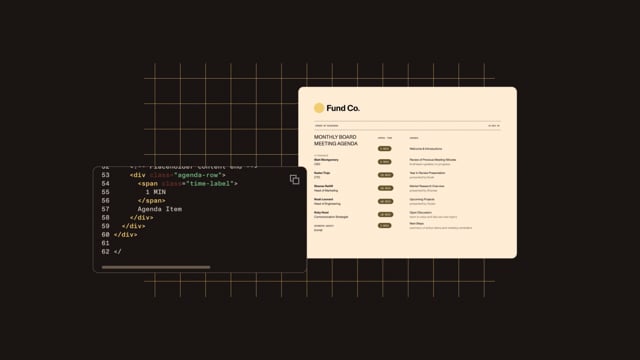Six best PDF generator APIs in 2025: Nutrient vs. competitors compared
Compare the six best PDF generator APIs for 2025. Nutrient DWS offers 30+ document tools, multi-step workflows, and 200 free credits. See pricing, features, and code examples for top alternatives.






